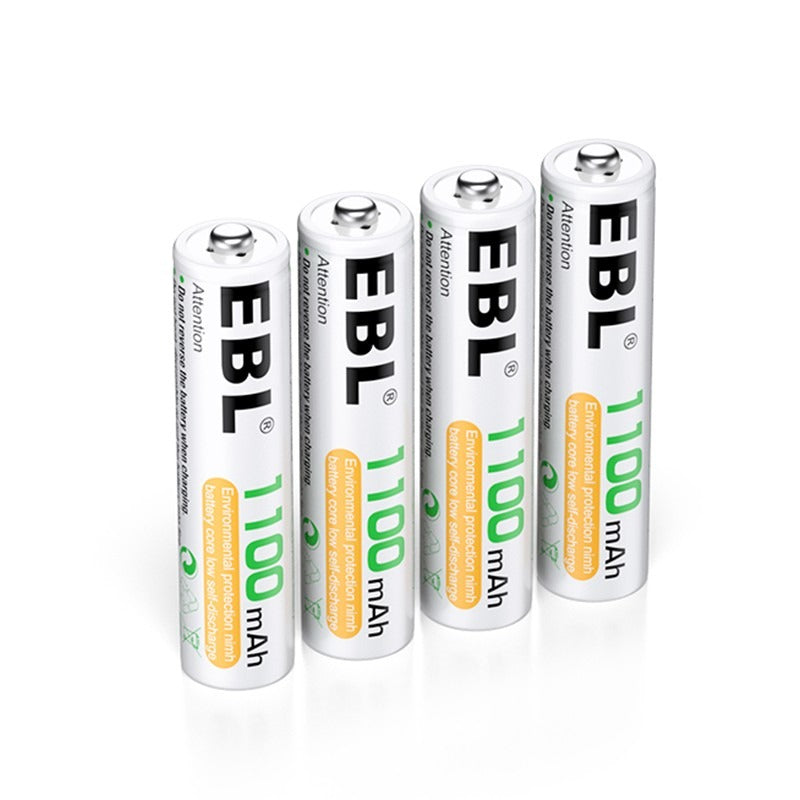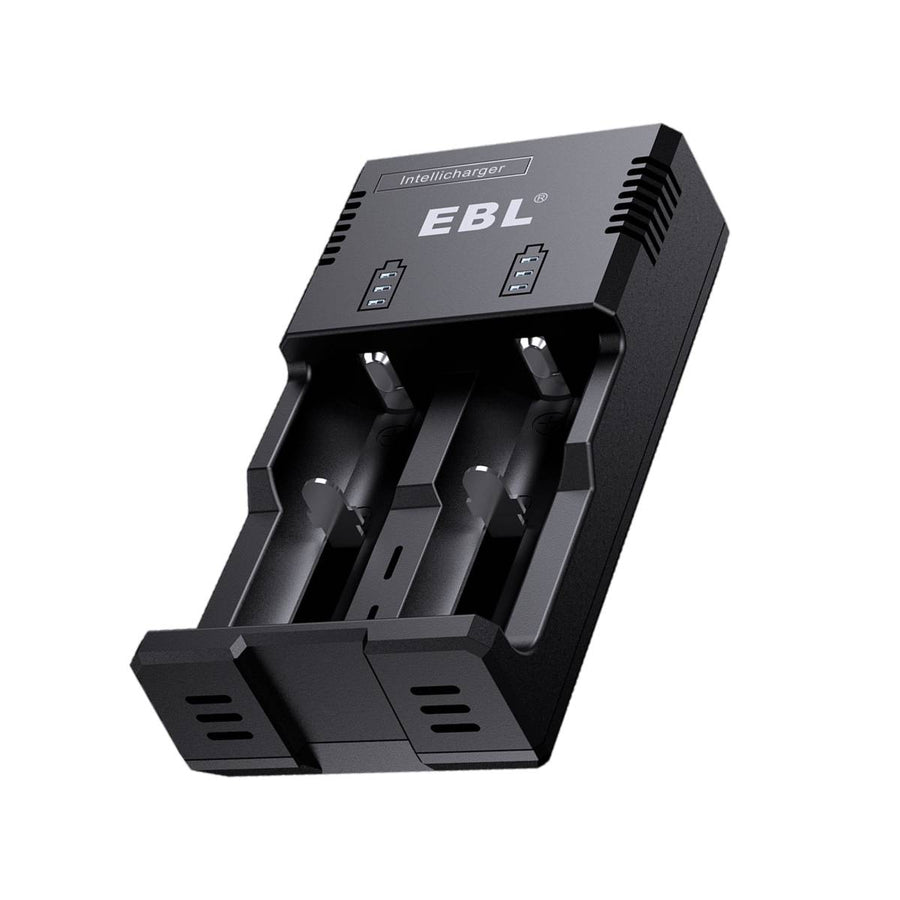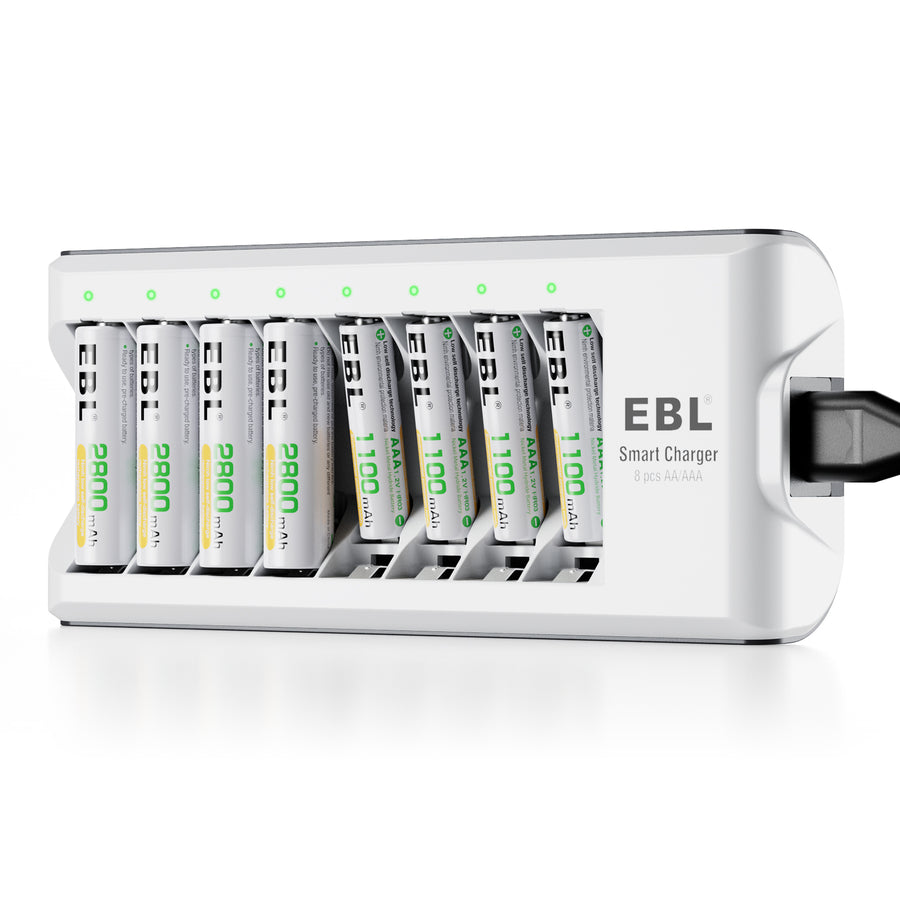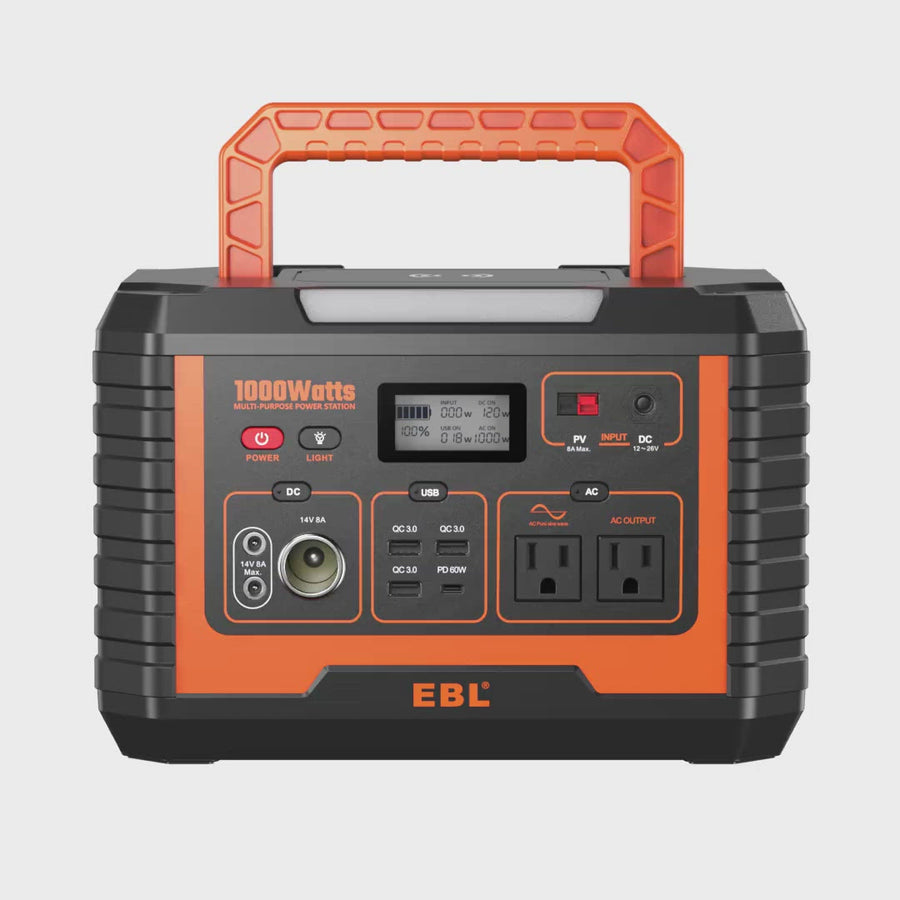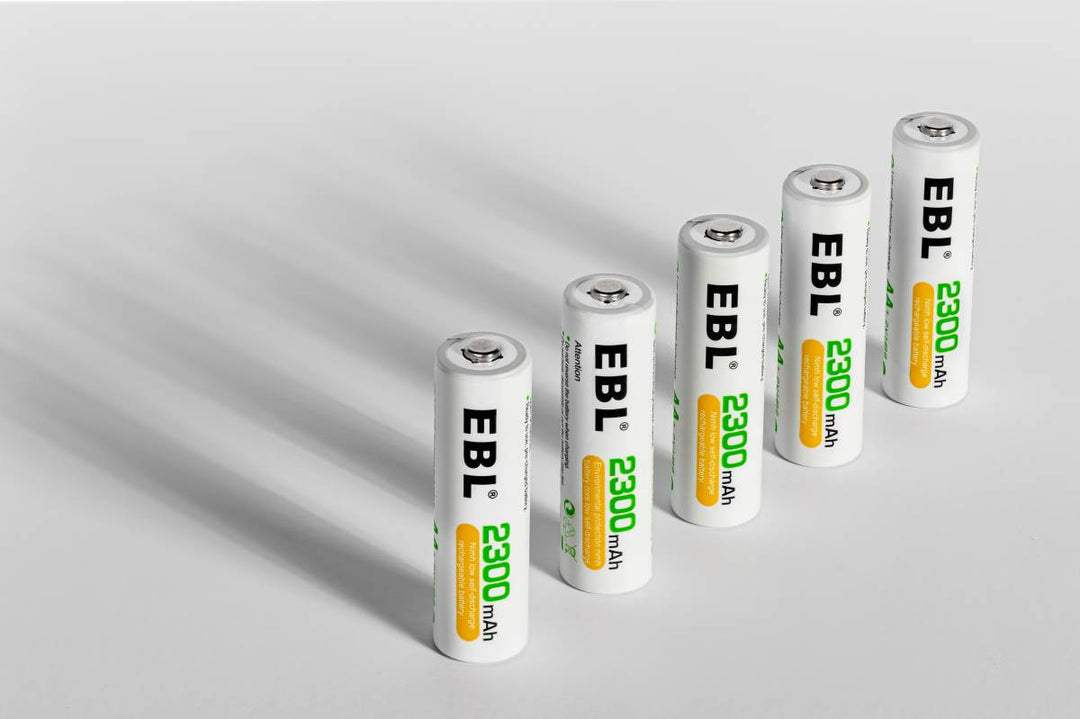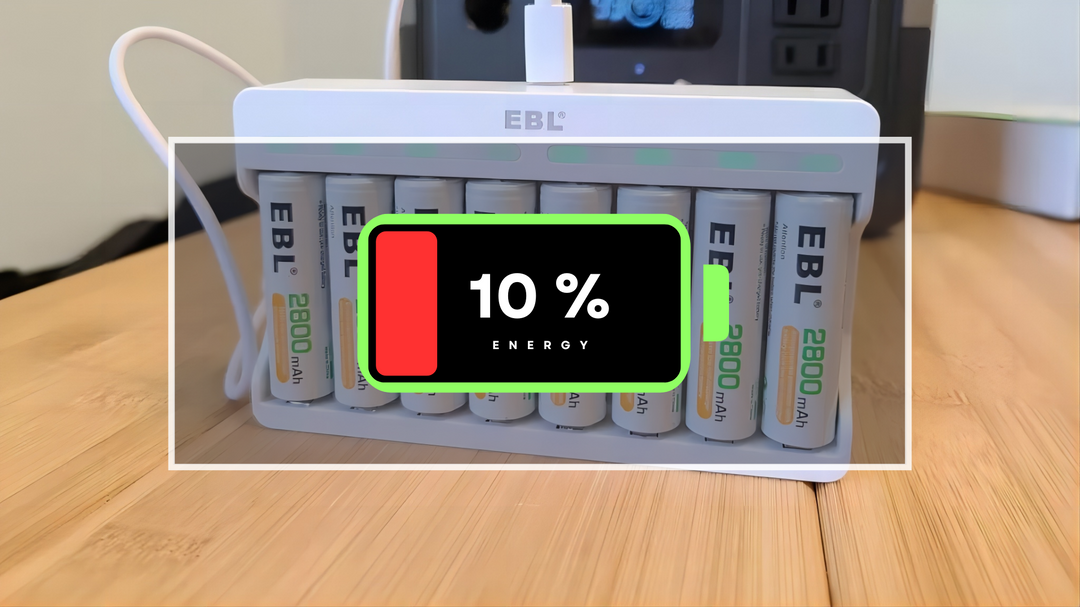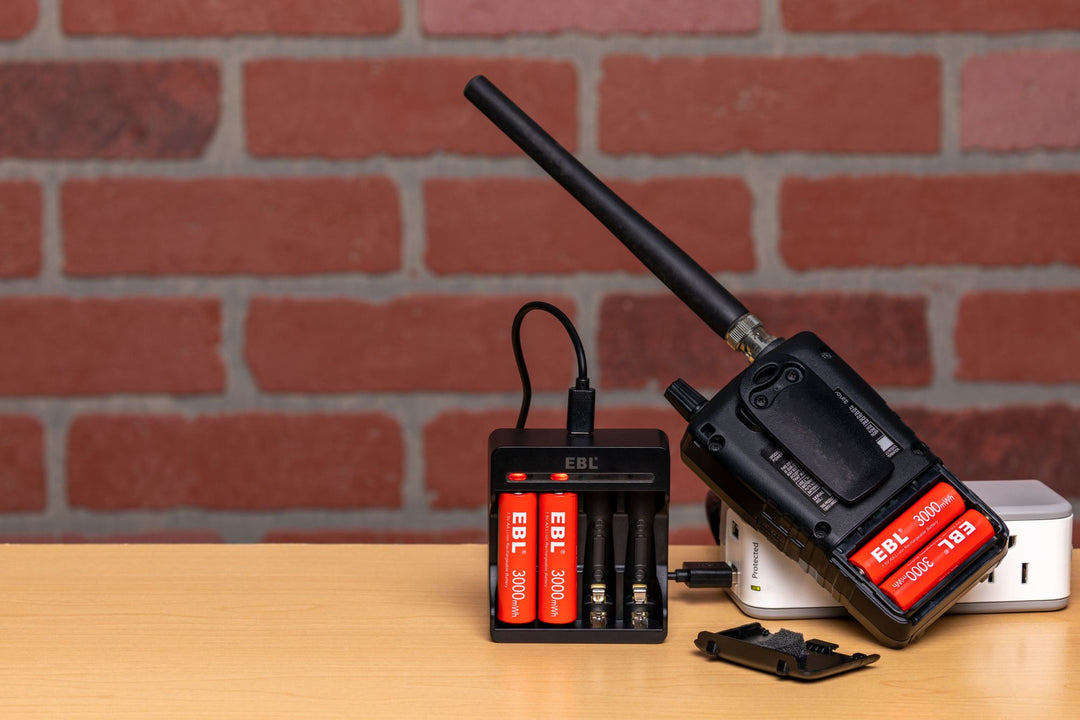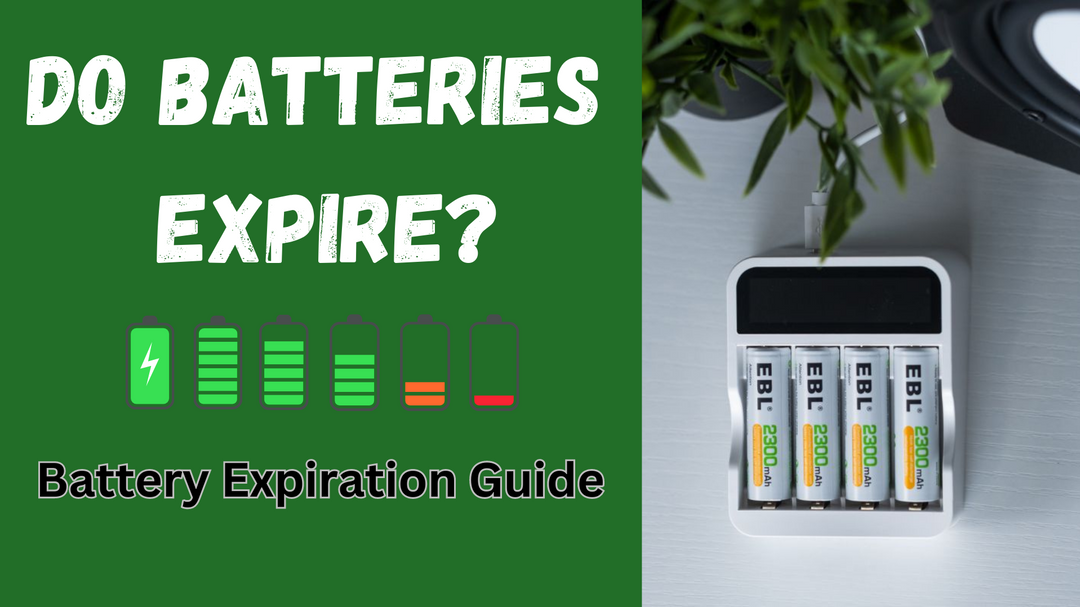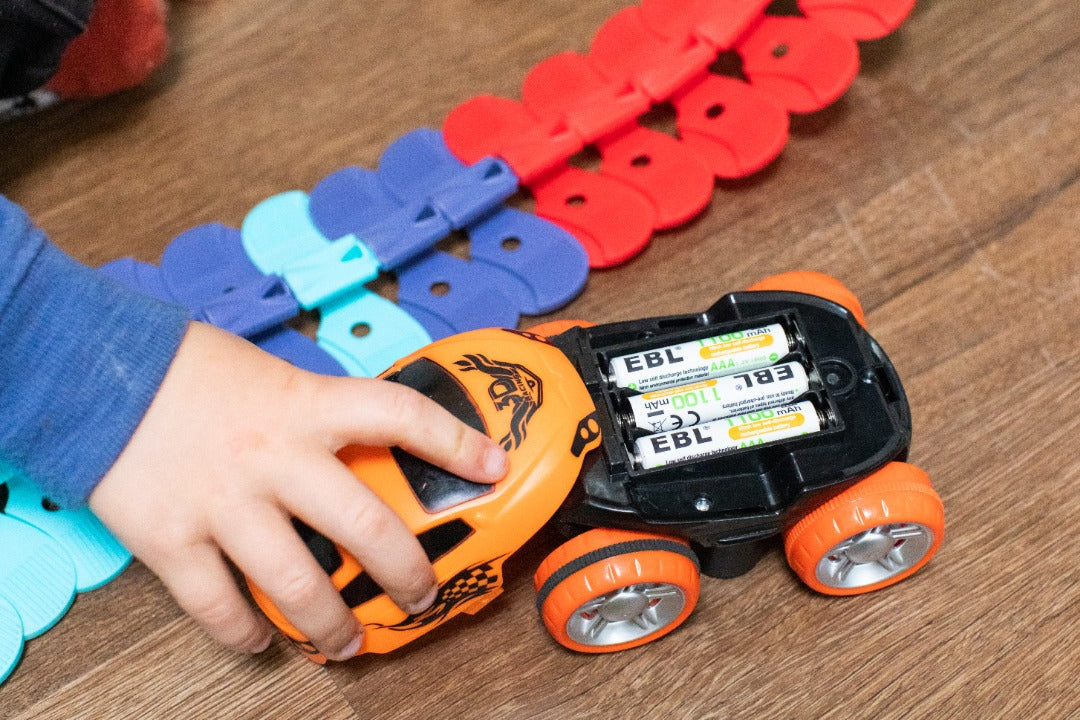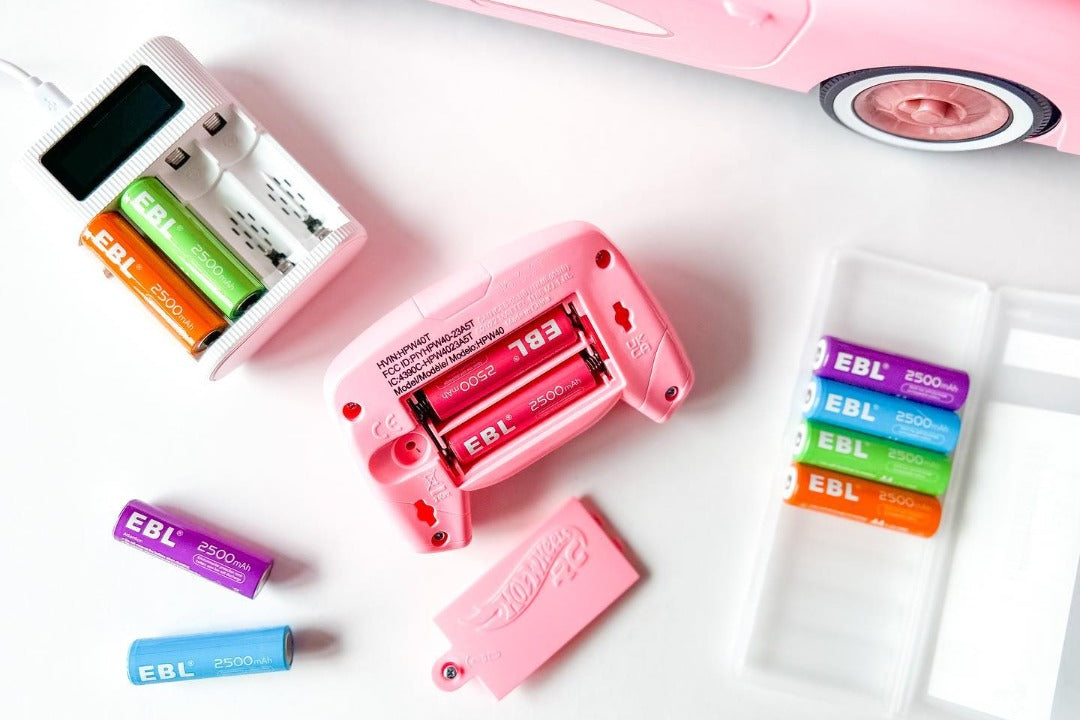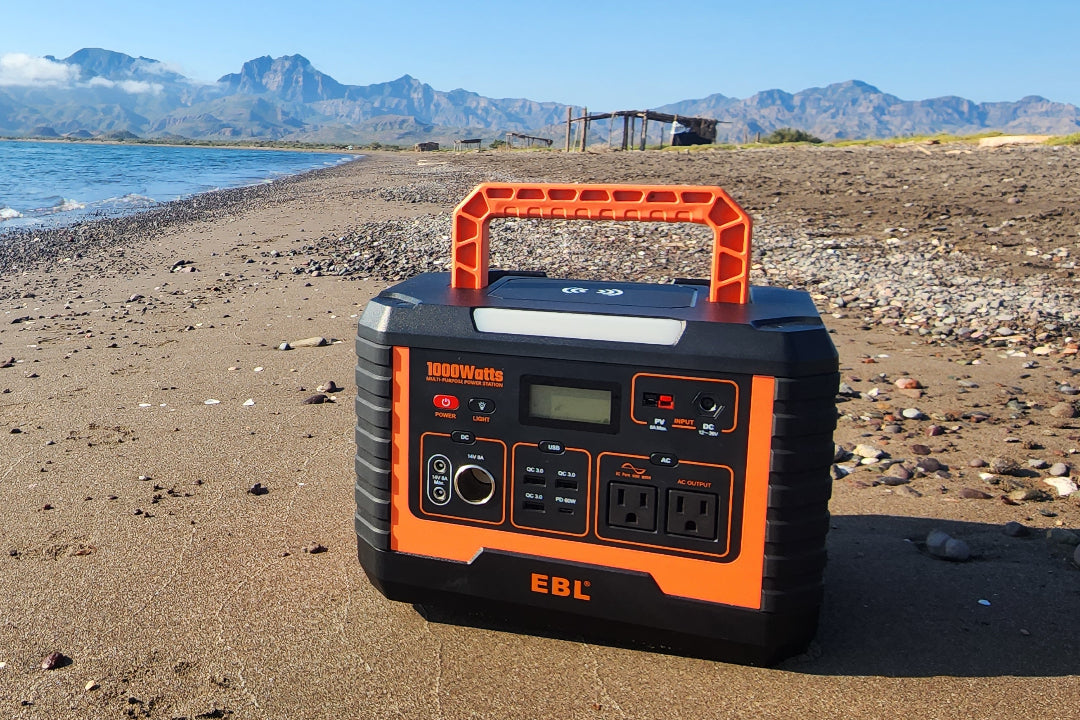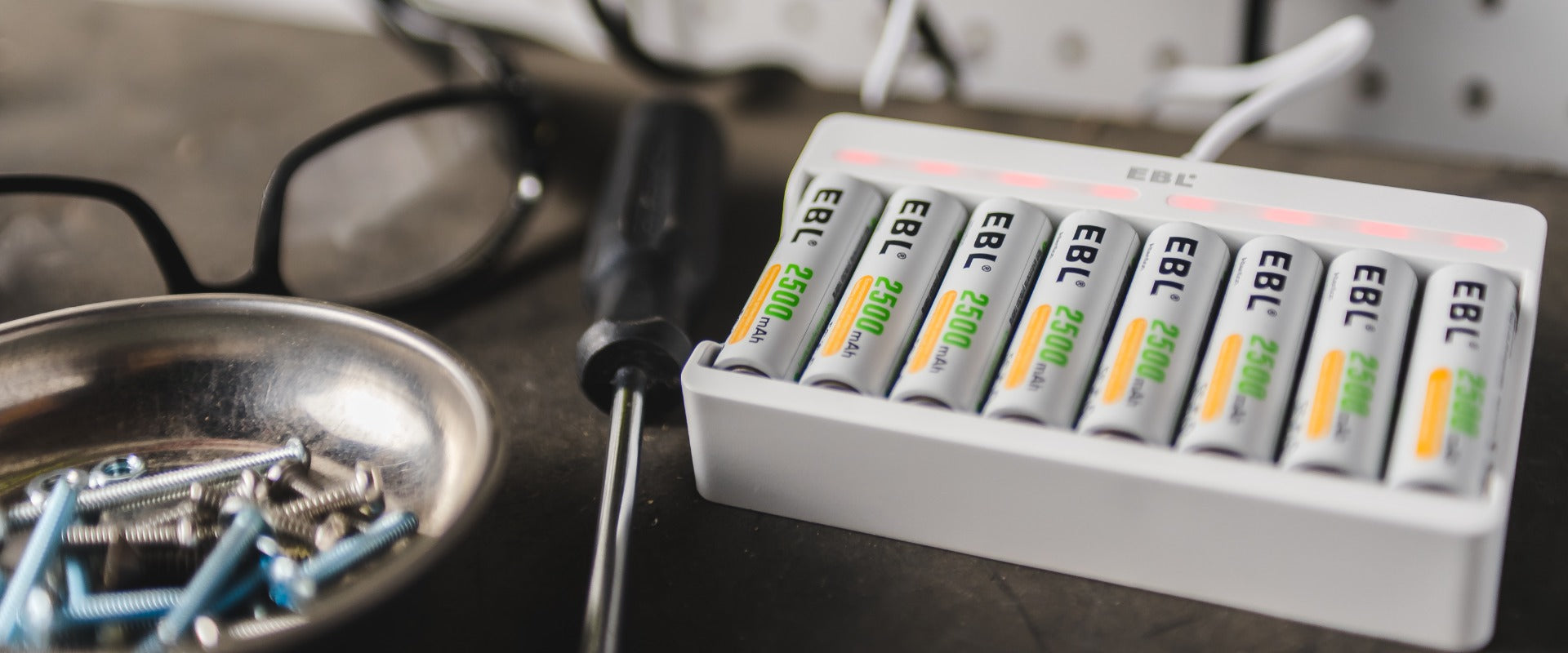
Essential Tips for Using EBL Battery Chargers
Explore recommendations and guidelines for utilizing the EBL battery charger, gaining insights into proper and safe usage.
Critical Warnings:
- Battery Compatibility and Safety: Charge only compatible batteries to prevent explosions, ruptures, or leakage. Improper use may lead to damage.
- Environmental Considerations: Use the charger indoors or in a car, avoiding exposure to rain or snow. Do not operate in wet conditions.
General Cautions:
- Temperature and Physical Care: Operate the charger within the temperature range of 0℃ to 35℃. Keep it away from heat sources, high temperatures, and direct sunlight. Avoid dropping or placing heavy objects on the charger.
- Child Safety: Ensure that children use the charger under adult supervision to avoid misuse.
- Non-rechargeable Batteries: Do not attempt to charge non-rechargeable batteries.
- Heat Generation during Charging: It is normal for the charger to produce some heat during the charging process.
- Proper Storage Practices: Unplug the charger when not in use to prevent prolonged energization and slow down the aging process.
Additional Relevant Questions
- Installation Errors: A blinking red light or flashing error may indicate incorrect installation of the battery, leading to a short circuit.
- Battery Placement and Condition: Incorrect battery placement, a damaged battery, or attempting to charge a non-rechargeable or incompatible battery can trigger a flashing red light or an ERROR.
- Extended Charging Period: Leaving the battery in the charger for an extended period without removal may also cause the charger to flash a red light or display an ERROR.
For the battery charger featuring a USB cable input, this might indicate a low adapter current. To address this, connect a 5V/2A adapter for optimal charging performance, as outlined in the manual.
- This occurrence might be due to version differences in some chargers before and after optimization.
- We recommend turning off the charger and then turning it back on to troubleshoot.
- If the batteries are confirmed rechargeable and functional, the issue may lie in internal components of the charger, such as false soldering or welding anomalies.
No, battery chargers equipped with a discharge function incorporate a cut-off voltage mechanism. This feature halts the discharge process once the batteries reach the specified voltage, mitigating the risk of over-discharge.
This indicates that during the conversion of electrical energy into usable power for the battery, 80% of the electrical input is effectively utilized, with the remaining 20% possibly transformed into heat or other forms of energy loss.
It is advisable not to keep the charger powered on for a long period of time, as doing so can accelerate its aging process.


